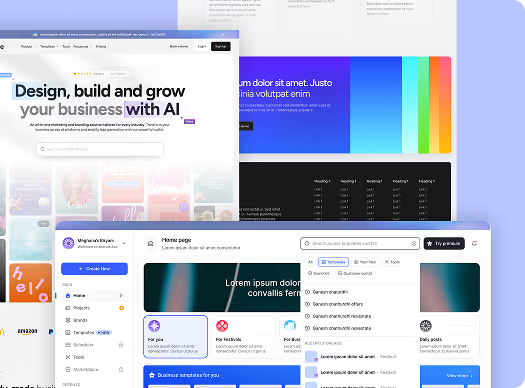PRD Template for SaaS Products

What is a Product Requirements Document (PRD) and Why It Matters?
Product Requirements Document (PRD) is a document that defines the requirements for a software product. It is used to communicate the vision for the product to the development team, as well as to gather feedback from stakeholders.
The PRD is important because it helps to ensure that everyone is on the same page about what the product should do. It also helps to avoid scope creep, which is when the project starts to grow in size and complexity beyond what was originally planned.
The PRD should be created by the product manager, who is responsible for the overall success of the product. However, it should also be reviewed and approved by other stakeholders, such as the development team, the marketing team, and the sales team.
The PRD should include the following sections:
- Executive Summary: This section provides a brief overview of the product and its goals.
- Problem Statement: This section describes the problem that the product is solving.
- Solution: This section describes how the product will solve the problem.
- Requirements: This section lists the specific requirements for the product.
- Acceptance Criteria: This section defines how the product will be tested to ensure that it meets the requirements.
- Timeline and Budget: This section outlines the schedule and budget for the project.
- Risks: This section identifies any potential risks to the project and how they will be mitigated.
The PRD is a living document that should be updated as the product evolves. It is an essential tool for ensuring the success of any software development project.
Here are some of the benefits of having a PRD:
- Clarity: The PRD provides clarity about the product's goals, features, and functionality. This helps to ensure that everyone involved in the project is on the same page.
- Alignment: The PRD helps to align the expectations of all stakeholders, including the development team, the marketing team, and the sales team. This helps to avoid misunderstandings and disagreements down the road.
- Prioritization: The PRD helps to prioritize the features and functionality of the product. This helps to ensure that the most important features are developed first.
- Communication: The PRD is a valuable communication tool that can be used to communicate the product vision to stakeholders. This helps to keep everyone informed and engaged in the project.
- Documentation: The PRD serves as a valuable documentation resource for the product. This can be helpful for future development efforts, as well as for troubleshooting problems.
If you are planning to develop a software product, then a PRD is an essential tool. It will help you to ensure the success of your project by providing clarity, alignment, prioritization, communication, and documentation.
Tips for Creating an Effective PRD:
- Start by clearly defining the problem that the product is solving.
- Be specific about the product's features and functionality.
- Use clear and concise language.
- Get feedback from stakeholders throughout the process.
- Keep the PRD up-to-date as the product evolves.
If you follow these tips, you will be well on your way to creating a PRD that will help you to successfully develop your software product.







